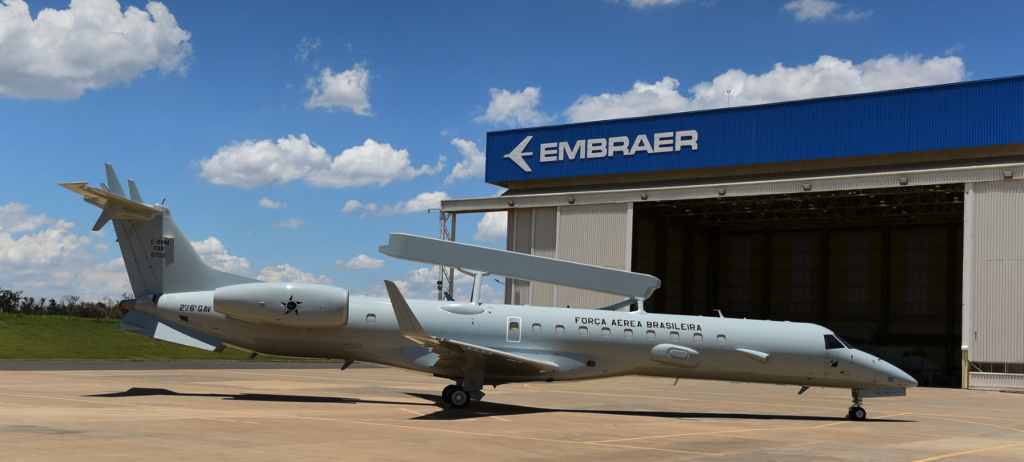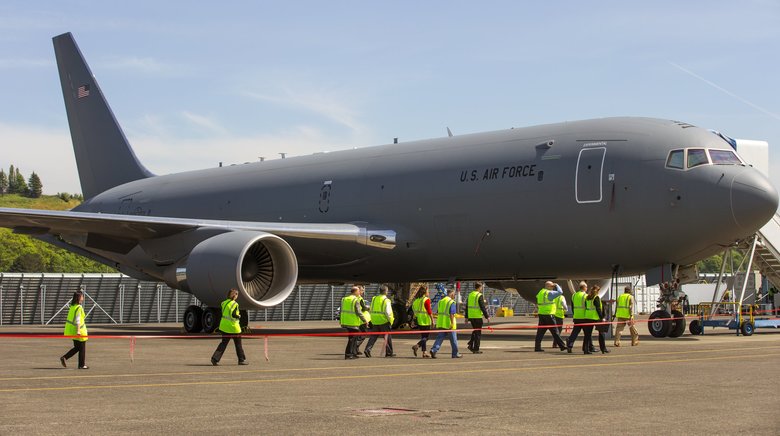Embraer Delivers First Modernized E-99 Jet to Brazilian Air Force
From Embraer press release In a ceremony held today at the Embraer facility in Gavião Peixoto (São Paulo, Brazil), Embraer delivered the first modernized EMB 145 AEW&C (Airborne Early Warning and Control), designated E-99, to…



